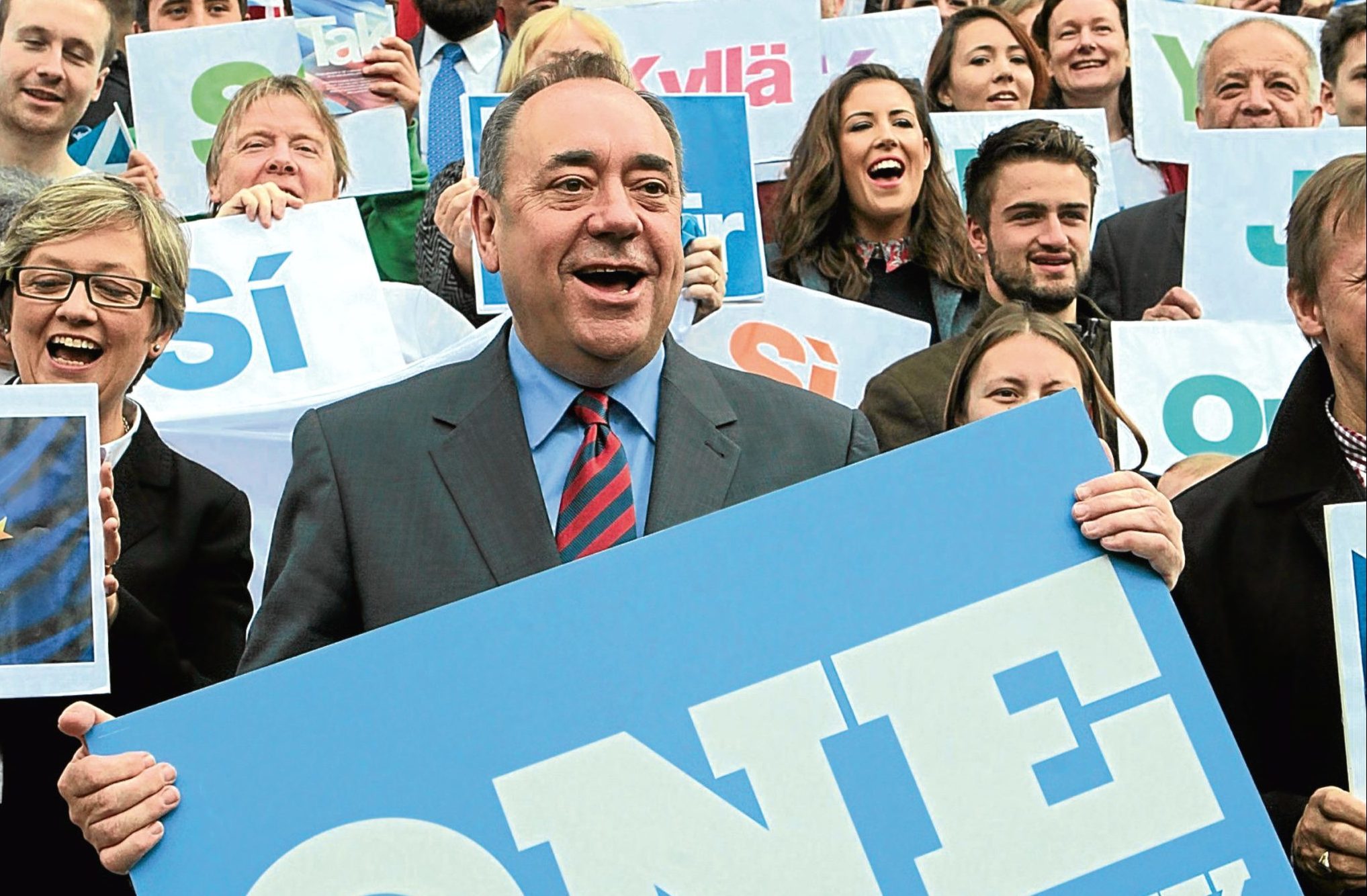
ANY bid to hold an unofficial independence referendum will face a court challenge, The Sunday Post can reveal.
SNP leaders insist they want to hold a legally binding poll but have refused to rule out a “consultative referendum” if the UK Government doesn’t hand Holyrood the power to hold the crunch vote.
Such a move would spark a court battle with one pro-Union business leader saying they would “absolutely” fund a legal challenge to try to block an advisory poll.
Anti-independence pressure group Scotland in Union last night also said it would consider a legal challenge if it came to it.
Chief executive Graeme Pearson said: “We would be prepared to look at a legal challenge if an individual sponsor was willing to cover the costs and it had a reasonable chance of success.
“Ideally, I would prefer the nationalists withdrew from their current aggressive position and avoided the need for any individual going to law. This only creates more division and uncertainty.”
READ MORE FROM THE SUNDAY POST
Speaking last week Stephen Tierney, professor of constitutional theory and director of the Edinburgh Centre for Constitutional Law, said both sides would need convincing legal arguments in a row over whether Holyrood could hold its own advisory ballot.
The court battle would hinge on the court’s interpretation of a section of the 1998 Scotland Act, which sets out the devolved parliament’s powers.
The Sunday Post asked one Scots business leader, who preferred not be named, if they would fund any legal challenge. They said: “Absolutely and I don’t think there would be a shortage of people willing to help”.
Sir George Reid, the former SNP MSP and Holyrood presiding officer, said he was “not particularly keen” on the idea of an advisory poll.
Speaking at the SNP conference, “We’ve seen what happens in Catalonia, one side turns out en masse, the other boycotted it. I think instead we have to let the anger simmer and grow.”
Yesterday there were reports the UK Government would boycott any unofficial referendum and there is the possibility that pro-Union campaign groups would try to persuade people to boycott the poll too.
It is understood SNP strategists are keen to avoid an advisory referendum because of the pitfalls it presents but are keen to keep the option on the table for now.
Last Friday Nicola Sturgeon failed to rule out a “consultative referendum” when questioned on the issue 10 times.
SNP Deputy Leader Angus Robertson also told his party’s conference that “Scotland will have its referendum” and the people “will not be denied their say”.
Meanwhile, Gordon Brown has called for Holyrood to be handed a raft of new powers after Brexit as part of a “third option” which he believes could unite the country.
The former Prime Minister said a new form of federal home rule is needed, which would offer an alternative to the division between Holyrood and Westminster.
This would include the setting of VAT rates, the power to sign international treaties, and controls over agriculture, fisheries, environmental regulation, employment and energy.
He said: “You can call it a more federalistic option, you can call it in the more traditional way Scottish home rule, you can call it federal home rule.
“I’m calling it the third option, a Scottish patriotic way forward.
“I think it will become clear over the next few months that the third option, that Scotland has more powers as part of a federal agreement with the UK, a Scottish home rule that gives us the powers to make decisions in important areas but does not deprive us of the co-operation we need, will be the best option.”
But ex-SNP leader Alex Salmond said it was “patently obvious” that Theresa May had no interest in Brown’s proposal.
He said: “It is patently obvious that May wants nothing whatsoever to do with it,” he said.
“What I believe will happen is that the UK government will have no choice but to agree to an independence referendum, and that that independence referendum will deliver a yes vote.”

Enjoy the convenience of having The Sunday Post delivered as a digital ePaper straight to your smartphone, tablet or computer.
Subscribe for only £5.49 a month and enjoy all the benefits of the printed paper as a digital replica.
Subscribe